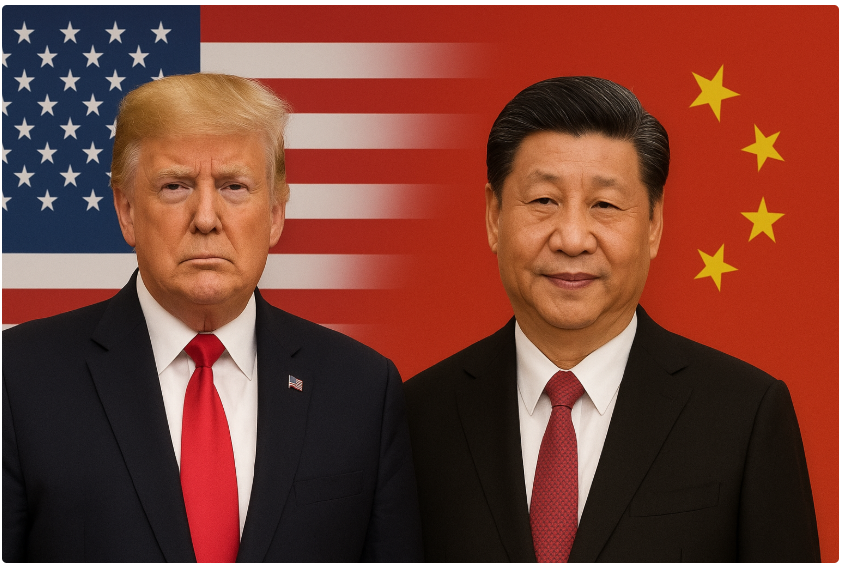Trump-Xi Meeting: Key Outcomes & What It Means
On 30 October 2025, President Trump met Chinese President Xi Jinping in Busan (South Korea) on the sidelines of the APEC 2025 summit for their first face-to-face talks since 2019. The meeting attracted global attention due to its timing amid elevated U.S.–China trade tensions, export-controls issues, and supply-chain risks.
What was agreed
- The U.S. announced it would cut average tariffs on Chinese goods from ~57 % to around ~47% in exchange for Chinese commitments.
- China agreed to resume large-scale purchases of U.S. soybeans and to ease restrictions on rare-earth exports for at least one year.
- Both sides pledged cooperation on illicit fentanyl flows from China to the U.S. as part of the deal.
- China said it would pause certain port-fee and export-control retaliations (e.g., shipping/rare earths) for the time being.
What remains unresolved
- Core issues around semiconductors, technology transfer, and Taiwan/defence/geopolitical rivalry were broadly not settled and remain structural.
- The deal is time-limited (one-year for rare earths) and may require renewed negotiation.
- Investor sentiment was cautious: markets responded modestly positive but remained wary of upside given the underlying competition.
Impact Across Areas
Trade & Supply Chains
By reducing tariffs and moderating export controls, the meeting eases immediate pressure on global supply chains—particularly in rare-earth materials used for devices, EVs, defence systems. China’s commitment to supply rare earths for another year alleviates a major bottleneck.
Markets & Investor Sentiment
Though the meeting produced headlines of improvement, markets remained muted. Asian and Chinese equities retraced earlier gains after the meeting, reflecting that while breakthroughs matter, investors want more than an agreement—they want sustained follow-through.
U.S. Strategy & China Relations
For the U.S., the deal gives tactical relief: fewer tariff burdens, more agricultural exports, some breathing room on supply chains. For China, the arrangement buys time and stabilises trade flows while preserving strategic leverage. The meeting may signal a pause in aggressive escalation rather than a full reversal.
Geopolitics & Long-Run Rivalry
While the trade dimension improved somewhat, the broader strategic competition remains intact. Technology security, defence postures, regional influence (Asia-Pacific) and supply-chain realignment are longer-term battlegrounds. The meeting did not change those fundamentals.
What to Watch Next
- Implementation & Timetable: Do tariff cuts and export assurances get implemented fully, and when?
- Rare earths & export controls: Will China extend the one-year concession or re-impose controls?
- Technology/AI export rules: Will U.S. ease controls on some tech exports to China (or China allow more access)?
- Agriculture & commodity flows: Will U.S. exports (soybeans, LNG, energy) ramp up meaningfully?
- Markets’ reaction to real action vs just headlines: A one-time meeting helps, but sustained cooperation would shift investor sentiment more deeply.
Conclusion
The Trump-Xi meeting marks a meaningful de-escalation point in the U.S.–China trade standoff rather than a full resolution. It offers immediate tactical relief—lower tariffs, smoother supply chains, agricultural flows—but the structural rivalry remains. For policymakers and investors, the key question is whether this is a true turning point or simply a temporary truce.
About MarketFacts
MarketFacts provides in-depth investment research, market analysis, and portfolio insights across asset classes and geographies. Our mission is to help investors make informed decisions to invest safely in increasingly uncertain investment scenarios using our investment research reports.






